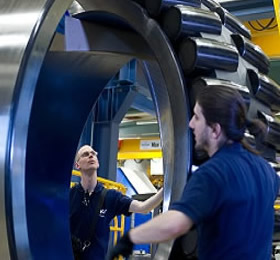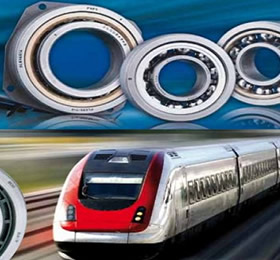Automotive bearing

Since it first supplied ball bearings to the Japanese market in 1916, SAAB bearings has broadened its range and contributed to all different fields of industry. In particular, the company focused on and moved into the automotive products arena at an early stage. Placing an emphasis on performance and product quality, the company's business developed in tandem with the automobile industry.
Even now Saab bearing is without rivals, supporting automobiles in their three crucial functions: Running, Turning and StoppingR, thanks to its broad product range.
SAAB automotive products are now a globally respected brand. Naturally the company supplies a wide variety of bearings, as well as automatic transmission parts and steering column, joints. Further, it also makes the electric power steering system (EPS), which is ready for the 21st century steer-by-wire technology.
SAAB is always upgrading its Motion & Control technologies based on developments in the company's proprietary tribology (friction control technology) and mechatronics technologies that have been built up as a result of the company's rolling bearings business. In this way SAAB is able to quickly respond to the needs of its customers around the world.
Various SAAB products that are incorporated into automobiles have functionality and performance characteristics that control friction and reduce energy loss. We can say that they themselves are environmentally friendly products that contribute to reduced energy and resource requirements.
Through its new technology, SAAB will continue to supply automotive products that are kind to the global environment and that add to vehicle safety and comfort.




 Scan the QRcode
Scan the QRcode